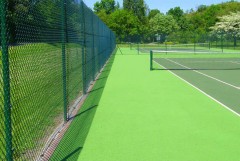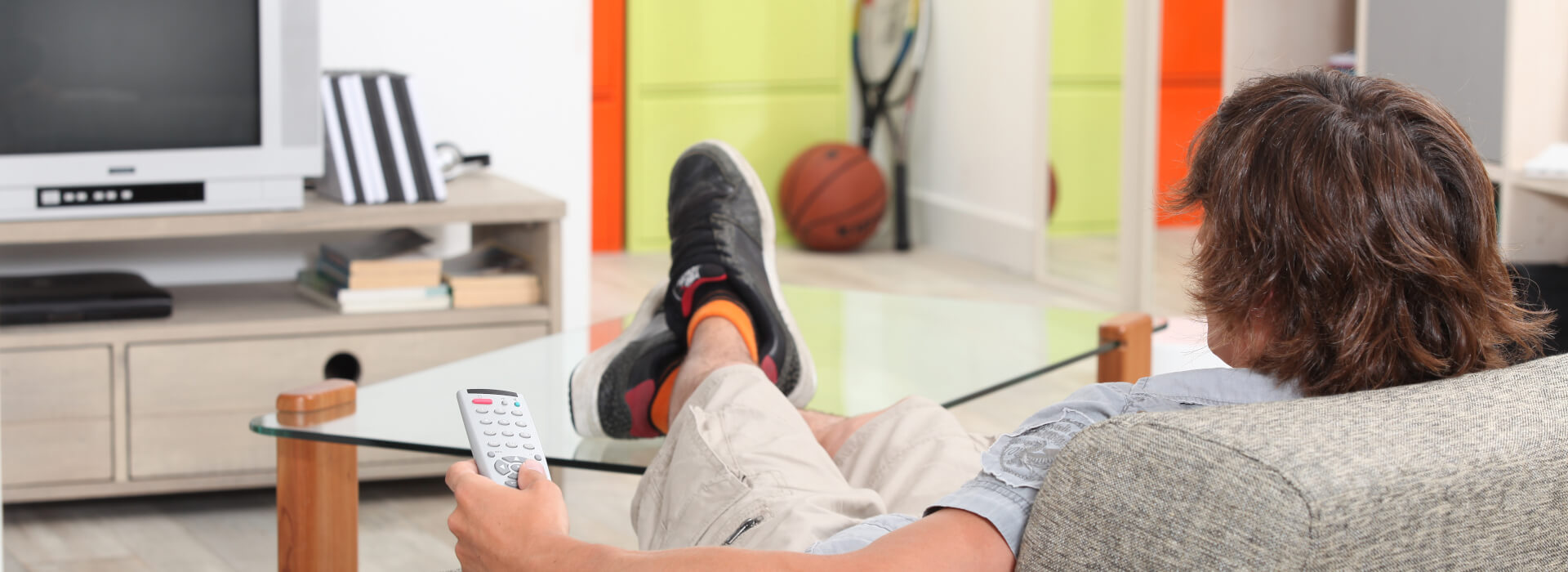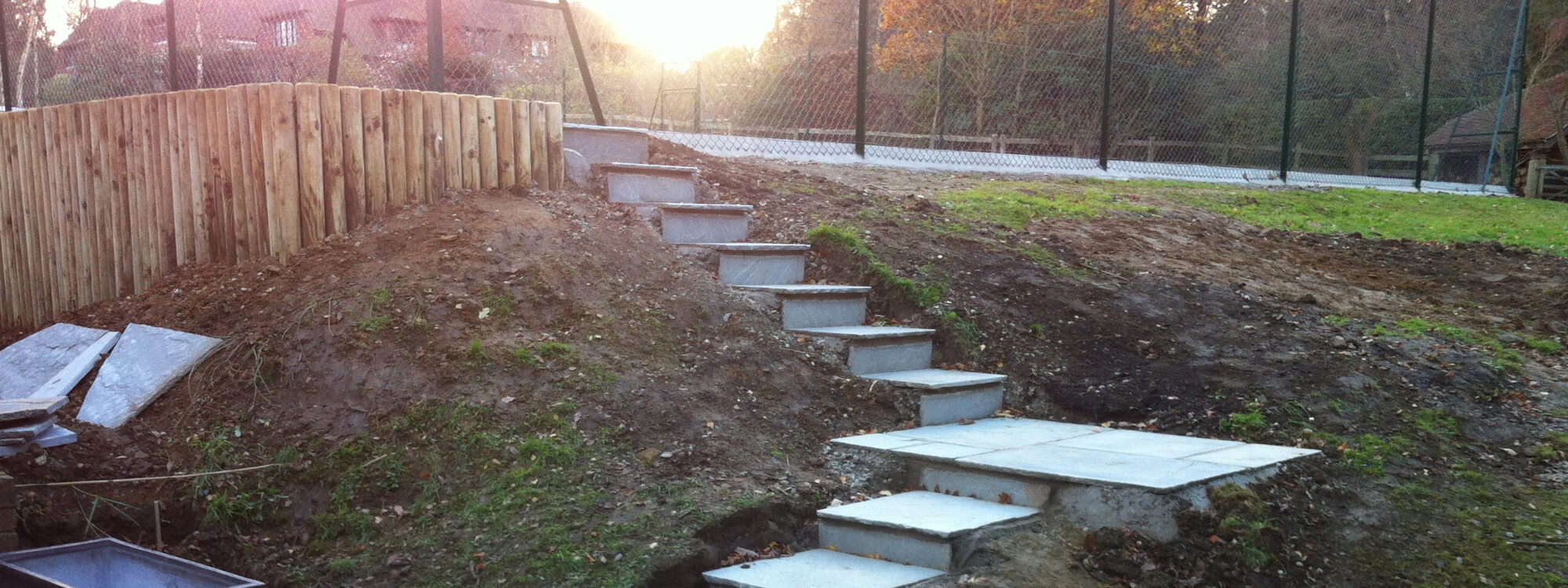If you have recently had a tennis court constructed at your home, business or property and are now looking for new ways to get the best out of it, we’re here to help.
From automatic ball machines to the right clothing, there are a number of high-tech gadgets and accessories you can easily add to your court to significantly help improve your performance.
Whether you’re practicing by yourself or with a partner, if you’re looking to improve the timing of your swing, your volleying ability, or the pace of your serve, investing in a few on-court extras could be a great idea.
With this in mind, join us as we run through some of the best gadgets, gizmos and accessories we think you should be adding to your tennis court and lifestyle.
Specialist Racquets
While it may sound fairly obvious, the racquet you use on the court can make a big difference to the way you play tennis.
From the head size to the string dexterity, there are several components that affect a racquet’s performance so it’s important to make sure the one you use suits your style of play.
What’s more, thanks to the rise of technology over the years, you can even now purchase racquets with specialist sensors in to help you keep tracks on how well you’ve been playing.
The Babolat Play Pure Drive V2, for example, features sensors built directly into the handle which allow you to track everything from the number of shots you’ve played to the speed, power and percentage rating of your serve.
Tennis Sensors
If you’d rather avoid going all in on a specialist tennis racquet with built-in sensors, there are alternative options to consider that enable you to track your performance while using your existing racquet.
The Zepp Tennis 2, for example, is a smart tennis sensor which can attach to the end of any racquet and monitor key performance metrics to improve your technique on the court.
Able to track forehands, backhands, smashes, serves, top spins, lobs – pretty much any tennis shot you can do – the device also features cameras for you to record your play, should you so wish, allowing you to see what you’re doing well and where you need to improve.
Hawk Eye Systems
While on the topic of improving your technique, adding a Hawk Eye camera device to your court can allow you to video and see your form, helping analyse your body position, footwork and movement when taking certain shots.
The In/Out device, for instance, is a great way of not only being able to tell whether certain shots were inside or outside the lines but also to monitor your form.
This GoPro-like device utilises a similar technology to self-driving cars, using specific algorithms to detect the court’s various lines.
Offering a margin of error between 20 – 30 millimetres, perhaps the device’s most useful function is the 1080p cameras which record both sides of the court and offer a great insight into not only who won the point but also your technique while on the court.
Floodlighting
Now that the colder winter months are just around the corner, that can only mean one thing: the evenings will be getting darker soon as well.
So, in order to get the best value out of your tennis court, it’s important to be able to use it whenever you want to – even when it gets dark outside.
Adding floodlighting is a great way to do exactly that, allowing you to still see the ball and practice without needing to worry about the sun setting in the distance.
While it may not be a new technology as such, installing it on your court can be a highly cost-effective way of ensuring you can improve your technique whenever you like.
Here at Sovereign Sports, we install a wide range of tennis court surfaces at properties throughout the South of England. To find out more about these, or to discuss constructing a court on your premises, please do not hesitate to get in touch – we would be more than happy to help.












